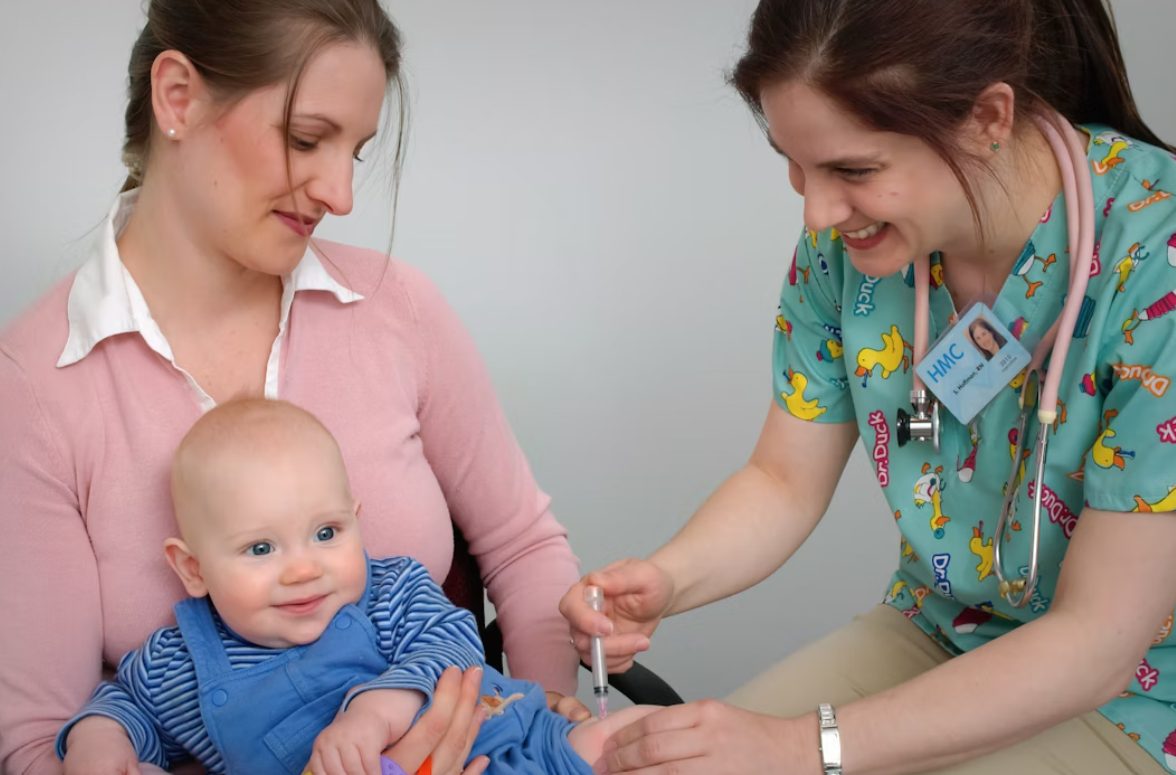
@ShahidNShah


Paediatric care is evolving beyond traditional hospital walls and is shifting towards a home and family-centred approach thanks to contemporary healthcare. When children have complex health or developmental issues, they typically require care that is coordinated across multiple systems, including medical, educational, and community-based services. Yet, fragmented communication and disconnected data create gaps in providing quality support.
Enter the digital wraparound services. These models utilize digital technology to integrate health and wellness, education and learning, social services, and family engagement, ensuring that care is continuous, connected, and personalized.
Child-centred care has long been a core principle of paediatrics, emphasizing empathy, personalization, and family involvement. But in the digital age, this philosophy is being redefined. It’s no longer just about tailoring clinical treatments; it’s about building an interconnected system that responds dynamically to each child’s evolving needs.
Digital wraparound models use data and technology to give an in-depth view of care for the child. From electronic health records (EHRs) to mobile health apps and telemedicine platforms, each of these tools breaks down the silos between physicians, caregivers, therapists, and educators, facilitating real-time information sharing.
For children managing chronic illnesses, disabilities, or behavioral conditions, this smooth integration minimizes duplication, prevents communication breakdowns, and ensures that interventions are timely and well-coordinated. In this way, technology strengthens rather than replaces the human connection that defines paediatric care.
Digital tools, including cloud-based care coordination platforms, AI-powered analytics, and secure communication portals, are now at the heart of wraparound service delivery. These tools enable various teams to share progress notes, schedule interventions, and track outcomes in real time.
For example, a pediatrician can enter notes about a child’s treatment plan, which is then instantly available to a school guidance counselor or family therapist. Similarly, parents can utilize mobile applications to log symptoms, track medication adherence, or stay connected to their child’s care team members.
Telehealth services, on the other hand, have broadened access to specialists, especially beneficial for rural or underserved regions. Families no longer need to drive great distances for consultations, as virtual visits and digital monitoring devices allow help to be just a click away.
The success of any wraparound model depends heavily on how effectively parents and guardians are engaged in the care process. Families can view a care plan, track progress, and communicate with providers through shared dashboards. For example, predictive analytics and AI-driven notifications can alert families to potential health threats, medication timing issues, or behavioral changes. Being proactive with communication enables families to make informed decisions.
Data-driven collaboration also enhances accountability among service providers. When everyone, from medical staff to educators, can view shared metrics, it encourages transparency and coordinated action.
For example, behavioral health specialists can identify trends in school attendance, food intake, or supplement use that could impact a child’s psychological well-being. This knowledge enables care teams to act preventively, addressing specific needs before they become significant problems.
The future of pediatric care will be about building connected ecosystems that leverage technology, data, and human expertise to inform healthcare systems. These systems are already rapidly undergoing digital transformations, which will further enhance their abilities in the future.
Newer innovations, including healthcare wearables, predictive risk tools driven by AI, and interoperability standards, are creating a path to more responsive and tailor-made care experiences. Using advanced analytics, it may be possible to predict hospital readmissions or track social determinants that impact a child’s well-being.
In addition, the interoperability of electronic health records, social service systems, and educational databases ensures that no child falls between the cracks. This enables providers to deliver preventive and equitable care tailored to the unique circumstances of every child.
Over the next few years, hospitals and community networks that invest in digital wraparound infrastructures will enhance patient outcomes and redefine family-centered pediatric care.
Utilizing digital wraparound services is an essential first step towards de-stigmatizing healthcare as connected and inclusive, rather than siloed and disconnected, as well as towards better, systems-driven care that is both humane and clinically warm. Rooted in collaboration, technology, and family engagement, these models work together to ensure that children receive the support they need at the time and in the place where they need it. The digital wraparound model is innovatively transforming how services are delivered to children, revolutionizing the way they are cared for.

IVF Care in Patna with Puja IVF Centre Compassionate IVF Care in Patna with Patient-Centered Protocols Choosing an IVF centre is a major decision – it’s medical, emotional and financial. At Puja …
Posted Oct 29, 2025 Reproductive and Urinary Physiological Phenomena Reproductive Techniques
Connecting innovation decision makers to authoritative information, institutions, people and insights.
Medigy accurately delivers healthcare and technology information, news and insight from around the world.
Medigy surfaces the world's best crowdsourced health tech offerings with social interactions and peer reviews.
© 2025 Netspective Foundation, Inc. All Rights Reserved.
Built on Dec 16, 2025 at 4:23am